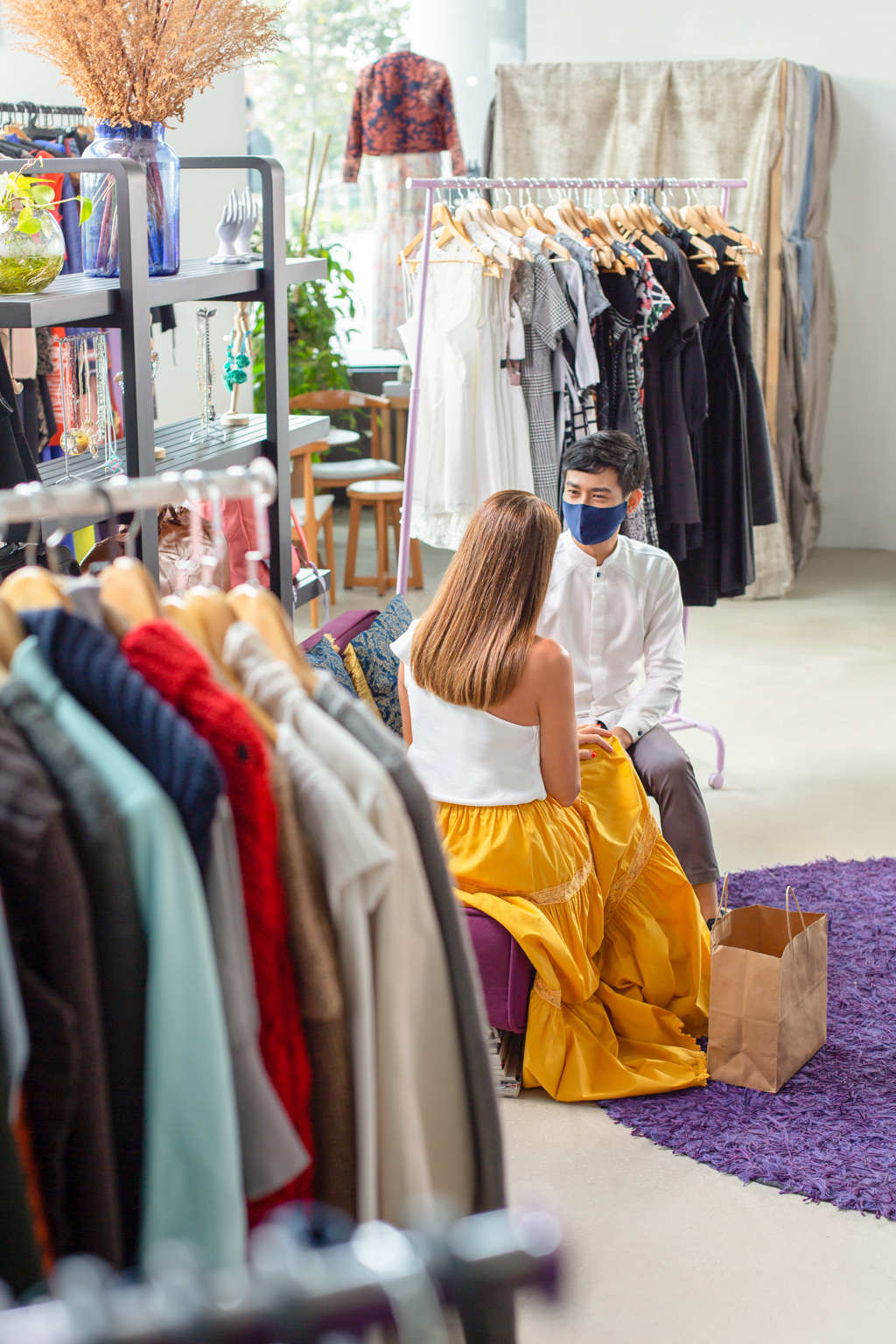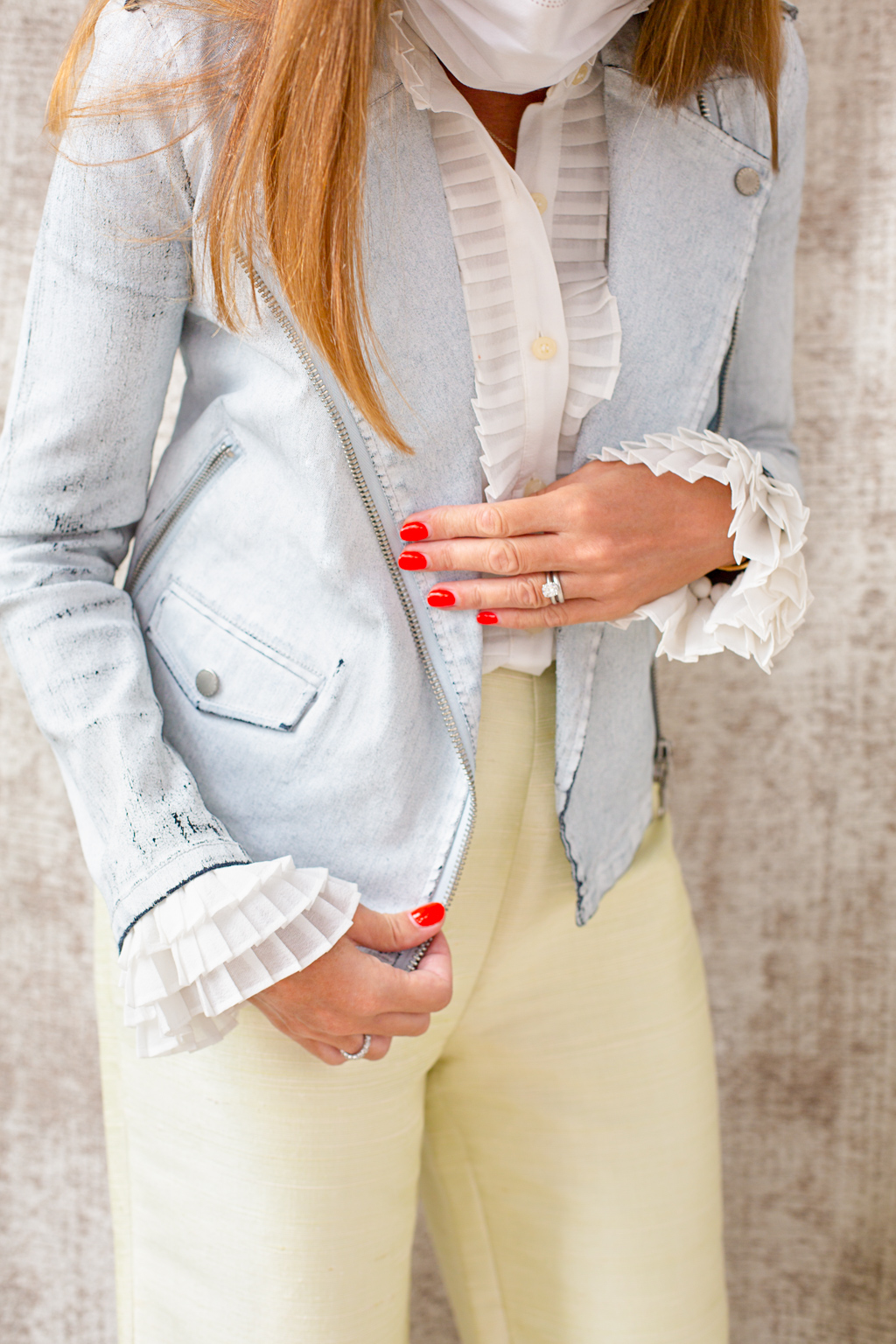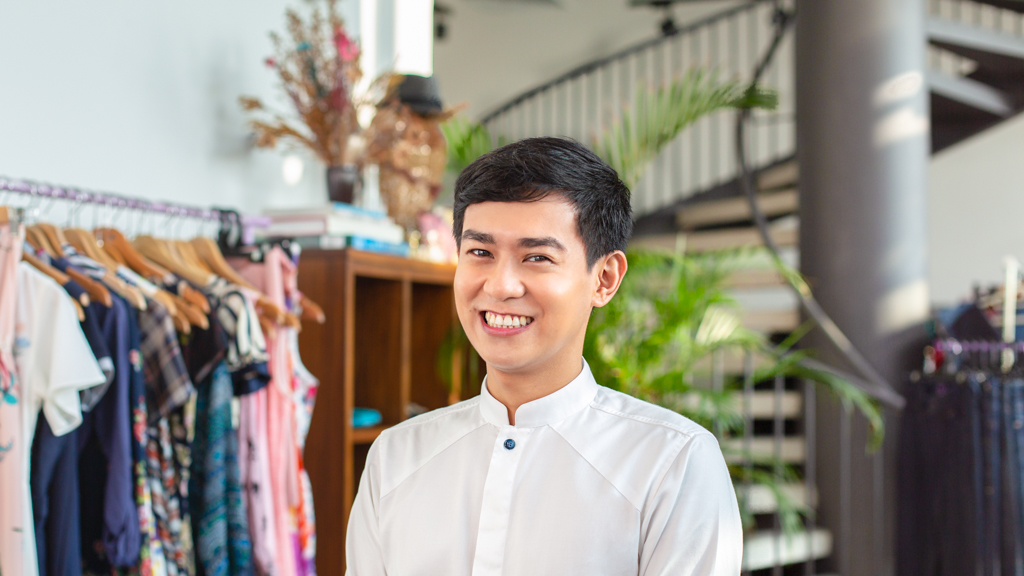STB x Shentonista — Out With The New
Featuring
Raye Padit, founder of The Fashion Pulpit
Fashion
 Over the past couple of years, sustainability has grown to become an important topic in many aspects of our lives, from the way we eat to the way live, and even the way we shop. Thrift stores and consignment shops are growing in popularity among younger shoppers, with some even turning to social media platforms like Instagram to share their pre-loved finds, or to find a new home for their unwanted clothes. Giving pre-loved items a new home is a good way to reduce waste, but it can still be a form of mindless consumption, especially if we’re shopping for trends rather than what we really want or need. That is, unless we swap instead of merely consuming.
Over the past couple of years, sustainability has grown to become an important topic in many aspects of our lives, from the way we eat to the way live, and even the way we shop. Thrift stores and consignment shops are growing in popularity among younger shoppers, with some even turning to social media platforms like Instagram to share their pre-loved finds, or to find a new home for their unwanted clothes. Giving pre-loved items a new home is a good way to reduce waste, but it can still be a form of mindless consumption, especially if we’re shopping for trends rather than what we really want or need. That is, unless we swap instead of merely consuming.

Much like thrifting, swapping involves picking out pieces from a stash of pre-loved items, except that we replenish this stash with pieces of our own. Rather than buying yet another pair of denim jeans, we could drop off a pair that we rarely reach for, and get a pair that fits us better in return. This mindful, sustainable form of shopping is what Raye Padit, founder of Singapore’s first and largest swapping platform The Fashion Pulpit, advocates.
In the next part of our series with Singapore Tourism Board, we speak to Raye about swapping, the evolution of The Fashion Pulpit, and the inspiration behind his business.
Can you tell us a bit more about how The Fashion Pulpit started, and how the business evolved to what it is today?
The Fashion Pulpit started in 2015. After discovering the negative impacts of the fashion industry, there wasn’t an available platform for me to have that conversation. Being a newcomer to the industry, I thought why not create a space for people to come together? So The Fashion Pulpit started as a nonprofit organisation, and the idea was to get as many people as we can to create conversations, spread awareness, empower sustainability. But after two years, the topics were were discussing became repetitive, and there wasn’t a tangible action plan. How can we apply what we learnt?

There are no garment factories in Singapore, but the problem here is consumption and waste. Someone who came back from the U.S. actually gave me the idea of swapping—people there don’t think of the clothes as second-hand, but being able to get ‘new’ clothes through swapping. So we started holding pop-up swapping events at restaurants, malls, and in collaboration with companies.
Now, we have about 2,200 members—it has grown slowly, but consistently. There’s also more swapping led by organisations, students, and other companies, because they’ve seen that it works. It’s something that people are interested in. But in the larger scale of what fashion is, I don’t think it’s quite there yet.
What do you think deters people from swapping?
Maybe one reason why people hesitate to swap clothes is because they’re unsure of what they can get. At the start, swapping is a big investment: you have to spend time going through your wardrobe, picking the best pieces or the ones that you no longer use, and then come to the shop to give the clothes to us. You earn points, and pay money to be a member. You don’t see your gain right away—it’s different from the conventional way of getting things where you just hand your money over and right away, you get the products.

What are the demographics of your members?
At the beginning, the people who were naturally drawn to this idea were the working professionals, because they were the ones at the stage where they’ve accumulated so much and were willing to give some of it away because they no longer use 80% of their wardrobe, which have become passive landfills.
But as we grew, it really is now a mix of everyone. It could be a 15-year-old or a 60-year-old. It’s not so much about the demographics, but the psychographic now, where it goes beyond age range, skin colour, culture, or what you associate yourself with. What really binds us more is the vision to help fashion be good, while looking good. We’ve never associated ourselves with a specific demographic, because swapping is for anyone who wears clothes.

You have a wide selection of clothes at The Fashion Pulpit. Can you tell us a bit about how you curate the brands and items that you stock in-store?
We have less control of what comes in, because people have different styles and preferences. So what we do at The Fashion Pulpit is to cater to the different types of customers that we have. As you can see, there are people who prefer more casual wear, those who prefer workwear, and others who need event wear. We change inventory every two weeks, so in every collection we do, we try to keep that in mind when we collect or display items. So there’s no specific season, trend, aesthetic, or customer here. We’re an extension of your wardrobe that has everything whenever you need it.

Before starting The Fashion Pulpit, you used to be a fashion designer yourself. What made you decide to make this career switch?
The main reason was I was looking for meaning in my work. Not that fashion design wasn’t meaningful—I love the design process—but didn’t feel 100% joy when I finished an item. What does it mean to add a new dress or skirt to the world? Over time, I slowly discovered the negative impacts of the industry, so it was a gradual shift, finding what the world and my community needs.
What are your thoughts on the local fashion design scene? Do you have any favourite designers or brands?
It’s getting more interesting seeing up-and-coming designers with social issues on their agenda. Now, it’s not just about designing for beauty, but to address social issues as well. There are even designers designing for disabled people, like Claudia of werable.co.
Some favourites of mine are:
– Ong Shunmugam and her eye for prints and texture
– CYC, but I’m biased because they make my shirts (laughs)
– The tailors at Chinatown or People’s Park Complex to make pants

What’s one thing you want people to know about The Fashion Pulpit?
I think it’s really just about experiencing it, because swapping is very experiential. It’s so much fun, and you’ll be able to see the value and benefits of doing it. For example, in Singapore, we have a very international community. You don’t have to travel to Spain or Paris and buy from an independent label there, because somehow, someone from there comes to Singapore, and swaps their clothes here. All of a sudden, you have access to an independent designer who is based in Portugal.
At the same time, if you’re a person who is concerned about the environment and the environmental impacts of the clothes that you wear, you don’t have to limit yourself to wearing one thing. When you swap, you fulfil the need to express yourself without the impact because you’re wearing used clothes. And if you don’t want them anymore, you can just swap them again. It’s not that different from the fashion that we know, but it’s even better because you’re doing good, and not just for yourself—by letting go of the things that once empowered you, you have the chance to empower other people.

The Fashion Pulpit
5 Straits View, Marina One The Heart, #01-04, Singapore 018935
Open 11am to 6pm Tuesday to Sunday
Website | Facebook
This series was produced with the support of the Singapore Tourism Board’s SG Stories Content Fund Season 2. View more stories here.
Like this? Share it.
What others are saying
There are no comments yet.
Leave a Reply